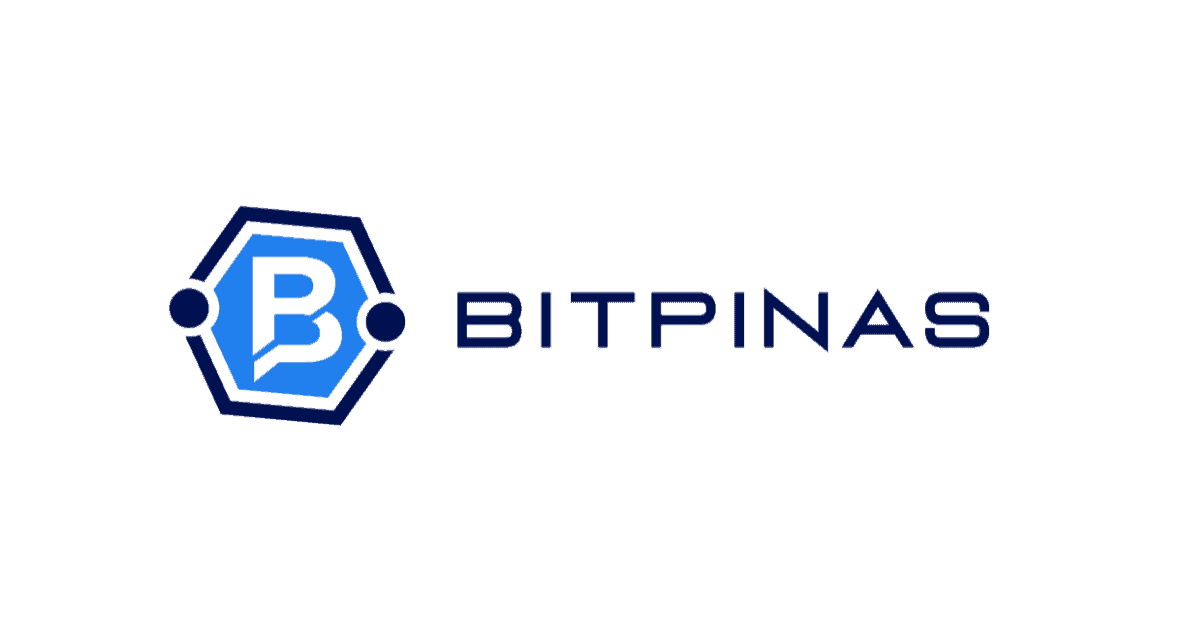Disclaimer: This article is for informational purposes only and does not constitute financial advice. BitPinas has no commercial relationship with any mentioned entity unless otherwise stated.
The crypto market experienced significant liquidations, totaling around $481 million, or about ₱27.4 billion, mostly from short positions, in the past 24 hours, after U.S. President Donald Trump announced that Israel and Iran have agreed to a ceasefire.
Key Details
- $BTC and $ETH led the liquidations, recording $153.95 million and $152.16 million, respectively.
- Among meme coins, $1000PEPE led with $7.55 million in liquidations, followed by $DOGE at $6.50 million, and $FARTCOIN at $6.29 million.
- Altcoins also experienced significant liquidations, with $SOL topping the list at $28.26 million, followed by $XRP with $11.27 million and $SUI with $5.96 million.
- The iGaming token $FUN also faced liquidations, totaling $7.88 million.
Liquidation Breakdown in the Last 24 Hrs

- Total Traders Affected: 132,945
- Largest Single Liquidation: $12.1 million $ETH-$USDT trade on crypto exchange Binance
- Long Positions: $115.49 million in liquidations
- Short Positions: $365.82 million in liquidations
Exchanges’ Impact
- Binance: $169.11 million (75.09% short positions)
- Bybit: $159.71 million (78.69% short positions)
- OKX: $63.89 million (69.22% short positions)
- Gate.io: $55.83 million (81.08% short positions)
- HTX: $29.58million (71.18% short positions)
- CoinEx: $2.56 million (80.45% short positions)
- Bitfinex: $414,690 (99.41% short positions)
- Bitmex: $138,940 (60.64% short positions)
Israel-Iran Tension: How it Affects Crypto Market
Heightened geopolitical tensions in the Middle East triggered a sharp selloff in the cryptocurrency market, briefly sending $BTC below the $100,000 mark.
The turmoil followed a series of U.S. airstrikes on Iranian nuclear sites, which President Donald Trump labeled a “success,” amid rising hostilities between Israel and Iran. The escalation rattled global financial markets, prompting risk-off behavior and a spike in crypto trading volume.
Market analysts noted the downturn could be temporary, with BitMEX co-founder Arthur Hayes hinting at renewed monetary stimulus.
“This weakness shall pass and $BTC will leave no doubt as to its safe haven status.”
Arthur Hayes, Co-Founder, BitMEX
However, a day after Iran’s retaliation against the U.S. and missile attack on a U.S. military base in Qatar, Trump announced that the two countries in conflict had agreed to a “complete and total ceasefire.”
On the other hand, Trump Media and Technology Group Corp. confirmed it is moving forward with a massive $2.3 billion $BTC treasury strategy while also launching a $400 million stock buyback program.
The company, founded by Trump and listed on Nasdaq and NYSE Texas under the ticker $DJT, announced that the buyback will be executed through open market transactions and will not affect its previously announced bitcoin plan. Shares and warrants repurchased will then be retired.
CEO Devin Nunes said the move reflects confidence in the company’s strategic direction, highlighting that Trump Media now holds approximately $3 billion in cash.
“We have the flexibility to take actions like this which support strong shareholder returns.”
Devin Nunes, Chief Executive Officer, Trump Media and Technology Group Corp.
This article is published on BitPinas: $481M Crypto Liquidations Rekt Traders After Israel-Iran Tension Eases
What else is happening in Crypto Philippines and beyond?



















